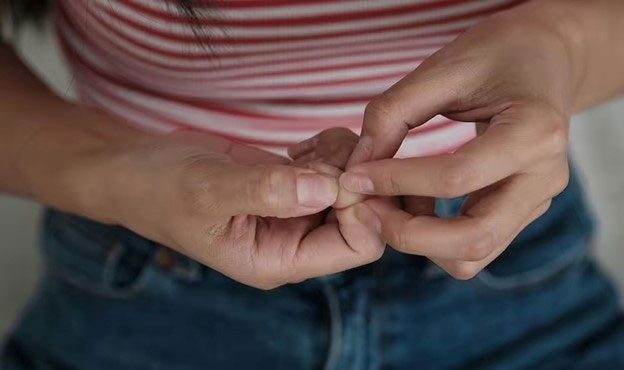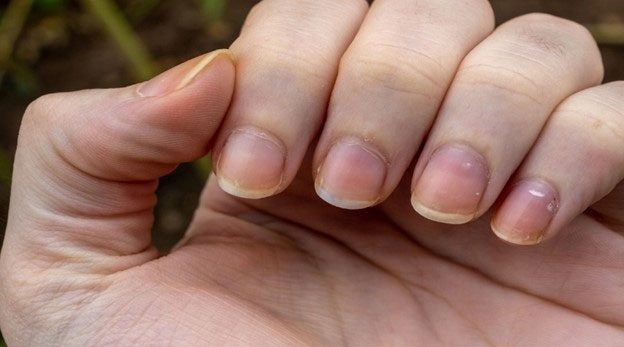Changes in nails can be a warning sign of various serious diseases, including cancer, yet they often go unnoticed by many.
Cancer is a dangerous disease that occurs when abnormal cells grow and divide uncontrollably, spreading to surrounding tissues and organs. There are currently over 200 types of cancer that can affect the human body.
Warning signs of cancer often correlate with where the disease begins in the body, but sometimes these signs can manifest in unexpected locations, such as on the nails.

Changes in nails can be a warning sign of cancer. (Photo: Getty Images).
According to Daily Express, Dr. Amir Khan from the UK recently stated that yellow nail syndrome may be a hidden sign of cancer. He emphasized that when nails turn yellow, become thick, and grow slower than usual, it could be a sign of cancer, as well as the presence of fluid in the lungs, bronchitis, and rheumatoid arthritis.
The Cleveland Clinic in the United States has also described yellow nail syndrome as a rare condition affecting the nails, lungs, and extremities. Individuals with yellow nail syndrome may have curved, yellow nails that can thicken over time. This condition may also accompany symptoms such as chronic cough, swelling of the lower legs or ankles (known as leg edema).

Yellow nail syndrome. (Photo: Healthkart).
Experts at the Cleveland Clinic suggest that yellow nail syndrome may be linked to poor circulation, lymphatic drainage issues, or fluid accumulation around the lungs. This nail syndrome is more common in individuals over 50 years old and is rare in children.
Additionally, the Cleveland Clinic states that potential causes of yellow nail syndrome include autoimmune diseases, cancer, nephrotic syndrome, rheumatoid arthritis, and thyroid diseases. Yellow nails can also result from fungal infections and smoking.
The National Health Service (NHS) of the UK recommends that you should have a general health checkup as soon as possible if you notice changes in the shape, color, or detachment of your nails without any apparent reason.
You should also seek medical attention if the skin around your nails becomes painful, red, swollen, and hot, as these could be signs of infection or ingrown nails.


















































